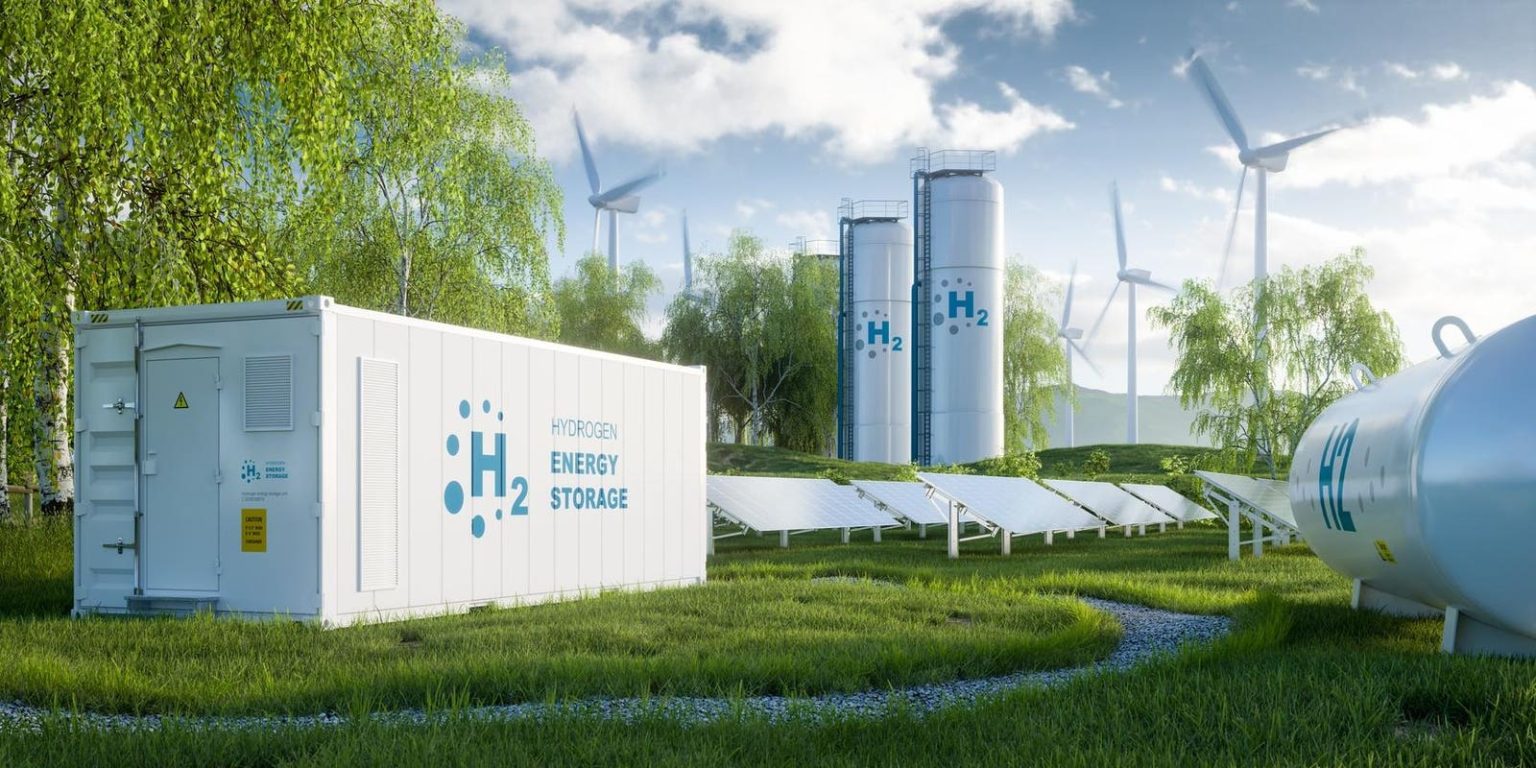Hydrogen as a potential energy carrier has gained attention as an effective solution to address the challenges of transitioning to a net zero carbon emissions future. The concept of a ‘hydrogen economy’ has been around for over a century, but its modern version was introduced in a technical report in 1970. The use cases for hydrogen range from ground transportation to petrochemicals, with its efficacy as a carbon neutral fuel depending on the production processes. Hydrogen can be categorized as gray, blue, or green based on the CO2 emissions during production, with green hydrogen being generated through electrolysis of water using renewable power.
The majority of hydrogen produced globally in 2022 is gray hydrogen, made from natural gas through steam methane reforming (SMR). Blue hydrogen, a lower carbon version, is produced using SMR with carbon capture and storage, while green hydrogen is generated through electrolysis using renewable power. Despite the potential of blue and green hydrogen, they currently account for less than 1% of global production. However, several countries have announced policies and initiatives to increase the production of green hydrogen, with the International Energy Agency forecasting 115GW of new electrolyzer capacity for green hydrogen generation by 2030.
Challenges lie ahead for hydrogen to play a significant role in a net zero economy. Current green hydrogen projects are mostly at a pre-commercial phase with limited electrolyzer capacities, necessitating greater investments for infrastructure development. The upcoming Hydrogen Americas Summit in Washington D.C. is expected to address these challenges and provide insights on the global response to meeting rising hydrogen demand while reducing costs. A crucial aspect would be setting up a market dynamic that allows hydrogen to be traded and transported in quantities sufficient to lower carbon emissions by 2030.
The need for immediate action is clear to make the hydrogen economy a key player in achieving 2050 net zero targets for nations and corporations. Various policy announcements, tax incentives, and subsidies are driving support for green hydrogen in key markets such as the U.S., U.K., European Union, and China. Multilateral financial institutions are also increasing their efforts to finance green hydrogen projects in Latin America. Private sector interest in the hydrogen economy hints at the possibility of free markets deciding the low-to-zero carbon energy mix in the future.
The current usage of global hydrogen is primarily for industrial applications such as fuel blending, fertilizer production, and refining. To transition industries to use green hydrogen as a heat source in a net zero world will require significant investment and infrastructure retooling. Taxation, subsidies, and private sector investment will likely be necessary to attract private sector involvement in the green hydrogen industry in the coming decade. A dynamic mix of incentives and investments could propel the green hydrogen industry into a trillion-dollar business by 2030, paving the way for private enterprise to take over the market.


